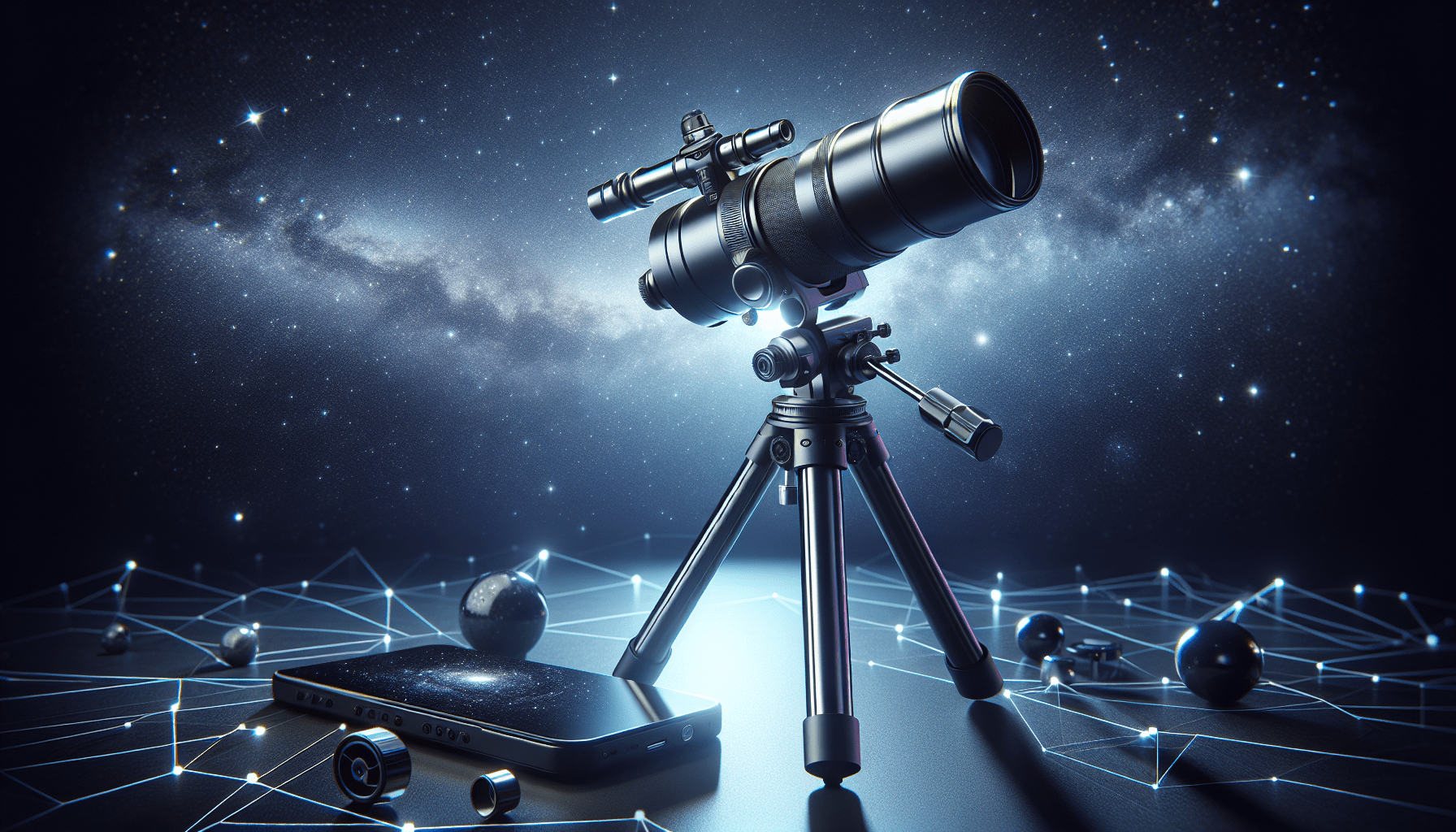Have you ever looked up at the starry night sky and wondered how you could delve deeper into the cosmos, exploring its vast mysteries from any location on Earth? In an age dominated by technology, the opportunity to set up a mobile observatory offers an enticing gateway to the universe, enabling exploration and observation with unparalleled flexibility.
Table of Contents
SGE-Optimized Summary
Setting up a mobile observatory is both an art and a science that involves strategic planning, technical know-how, and keen insight into the latest trends and technologies. This guide unpacks essential steps for organizing a mobile observatory, focusing on expert recommendations and industry-leading practices. Key considerations include equipment choices, understanding atmospheric conditions, using data for optimal observation, and applying advanced materials for enhanced imaging.

Introduction: The Importance and Relevance of Mobile Observatories
In our quest to extend human knowledge and understanding of space, mobile observatories stand as crucial tools for amateur astronomers and scientific researchers alike. They bridge the gap between fixed observatories and personal stargazing, giving users the freedom to pursue astronomical phenomena from virtually any location. With the increasing affordability of high-quality telescopic equipment and robust data collection tools, mobile observatories allow a broader audience to embark on celestial adventures.
Core Information Sections
Equipment Essentials for a Mobile Observatory
When establishing a mobile observatory, selecting the right equipment is paramount. A telescope, binoculars, mount, and camera are foundational components that determine the quality of observation.
Telescopes come in several types, including refractors, reflectors, and compound scopes. Refractors are known for their clarity and are prized by many enthusiasts for planetary viewing. Reflectors, using mirrors, are ideal for capturing faint deep-sky objects. Compound telescopes offer versatility and compactness, a boon for mobile setups.
Mounts are equally crucial, with alt-azimuth and German equatorial mounts being the most popular. Alt-azimuth mounts are user-friendly, ideal for simple sweeping motions, whereas equatorial mounts, though more complex, offer precision tracking necessary for astrophotography.
Cameras and Electronics extend the capability of a mobile observatory. DSLR cameras have long been valued for their ability to capture high-resolution images. Recent advances in CCD (Charge-Coupled Device) cameras, however, bring unprecedented detail and sensitivity, crucial for capturing distant celestial events.
Understanding and Utilizing Atmospheric Conditions
An integral aspect of mobile astronomy is recognizing the impact of atmospheric conditions on observation quality. Factors such as light pollution, humidity, and air turbulence can significantly affect visibility.
Light Pollution: It remains a formidable challenge, especially for urban sightseers. Tools such as light pollution maps can guide observers in finding optimal dark-sky sites.
Atmospheric Turbulence: This is quantified using the ‘Seeing Index,’ which measures the air’s stability. High turbulence can blur images, making calm nights more valuable.
Weather Forecasting: Access to precise, up-to-date meteorological data aids in planning. Many modern observatories rely on satellite imagery and predictive analytics to anticipate optimal viewing conditions.
Data-Driven Approaches for Optimal Observation
Harnessing data can enhance astronomical observation. With the advent of big data, it’s possible to predict celestial events with remarkable accuracy.
Astronomical Databases: Platforms such as the Star Catalogues provide extensive records of known celestial bodies, aiding in identification and study.
Ephemerides: These detailed tables calculate the positions of celestial objects over time, essential for timing the observation of transitory events like eclipses.
Software Tools: Digital planetarium programs allow observers to simulate the night sky from any location and time, providing valuable preparatory insights.

Analysis and Interpretation: The Meaning and Implications of Mobile Observatories
Mobile observatories signify more than portability; they embody technological democratization. By lowering geographical and financial barriers, they make the stars accessible to more people than ever before. Such observatories empower citizen scientists, fostering collaborative research and data sharing, which might yield breakthrough insights into cosmic phenomena.
Various Perspectives: Diverse Opinions and Approaches
Opinions on setting up mobile observatories vary between traditionalists and modernists. Traditionalists emphasize manual tracking and unaided star chart reading, which they argue preserves the observational skill and connection to astronomy’s history. Modernists champion technology, using computerized GoTo systems that automatically align telescopes based on GPS coordinates, which make astronomy more accessible and immediate.

Practical Applications: Utilizing the Information for Real-World Impact
Beyond individual enjoyment, mobile observatories play an essential role in education, allowing schools to conduct hands-on astronomy lessons. They also support scientific missions, helping professional astronomers conduct field studies in remote areas, and contribute to global monitoring networks that track potentially hazardous asteroids.
Frequently Asked Questions (FAQs)
What is the ideal location for a mobile observatory? Ideal locations are remote areas with minimal light pollution. National parks and designated dark-sky reserves are excellent choices due to their limited artificial light.
How can one minimize the impact of weather on observatory productivity? Utilizing weather apps and planning trips during favorable seasons when regions experience clear skies can maximize observation quality.
Why is a stable mount critical for a mobile observatory? A stable mount minimizes vibrations and allows for precise targeting and tracking of celestial objects, which is crucial for long exposure astrophotography.

Conclusion: Summary of Key Information and Future Outlook
The future of mobile observatories is promising, driven by technological advancements and increasing public interest in astronomical science. Continued innovations in lightweight, durable materials and more sophisticated imaging technology will only enhance their usability and performance, offering even more profound discoveries. By making starry skies accessible to all, mobile observatories not only enrich human knowledge but also nurture an enduring curiosity about our place in the universe.
In this interconnected age, the potential of mobile observatories to contribute to our understanding of the cosmos continues to grow. As more individuals engage in astronomy, sharing findings and collaborating worldwide, they create a vibrant, global community united by a common goal: unveiling the mysteries of the night sky. What insights will the future bring, and how will these revelations influence our view of the cosmos? The possibilities are as limitless as space itself.
